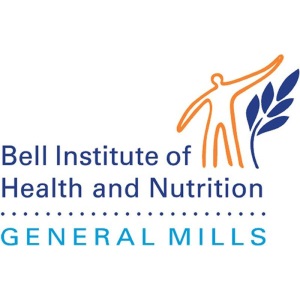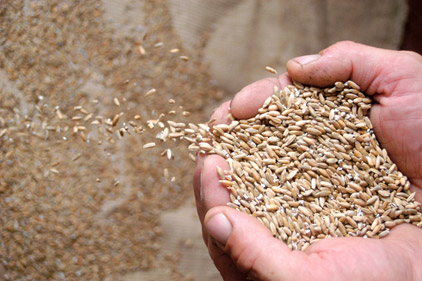
|
According to a newly published paper in the March issue of Advances in Nutrition, a roundtable of leading nutrition experts from the U.S. and Europe recommends developing a standard definition of a “whole-grain food” that would require at least 8 g. of whole grain per 30 g. serving.
The roundtable included a multidisciplinary roster of researchers, educators, policy makers and food and nutrition scientists. The panel, convened by Cereal Partners Worldwide and General Mills Bell Institute of Health & Nutrition, Minneapolis, was tasked with reviewing the latest whole grain and health science to consider the benefits of whole grain and develop a standard definition of a whole-grain food, using the latest scientific evidence.
The panel concluded that a food with at least 8 g. of whole grain per 30 g. serving, without a fiber requirement, provides a nutritionally meaningful amount of whole grain and should be considered a whole-grain food. This conclusion is based on whole grain science, considers consumer acceptance and food formulation and aligns with the viewpoint of the American Association of Cereal Chemists International (AACC International).
The definition of whole grain has been well-established; however, to date, a consistent definition for what constitutes a “whole-grain food” has not been developed and adopted for use by the Food and Drug Administration (FDA), the U.S. Department of Agriculture (USDA) or the European Commission. In 2010, the U.S. Dietary Guidelines Technical Committee called for a definition of whole-grain food that could be applied to dietary recommendations and planning. Doing so would enable consistent product labeling and messaging, encourage manufacturers to produce products with meaningful amounts of whole grain, provide a consistent approach to quantifying whole grains in research and reduce consumer confusion when trying to identify foods with whole grain in the market.
“The lack of a universal definition of a ‘whole-grain food’ not only creates challenges for researchers, but also confusion for consumers,” says roundtable participant Joanne Slavin, Ph.D., R.D., Department of Food Science and Nutrition, University of Minnesota. “A whole-grain food definition would help researchers to quantify the amount and types of whole grains that are linked to health and provide consumers much-needed information to make choices to help them meet the USDA Dietary Guidelines recommendations for whole-grain intake.”
Research shows the benefits of whole grain go beyond just the fiber. Whole grains provide a complex array of beneficial bioactive components, including vitamins, minerals, dietary fiber, beta-glucan, inulin, and phytosterols. The panel concluded that these additional benefits warranted a whole-grain food definition independent of fiber. “When shopping for whole-grain foods, many consumers confuse whole grain with fiber,” says Slavin. “While fiber contributes to the health benefits of whole grains, fiber alone does not provide all the benefits of nutrient-rich whole grains such as oats, wheat, barley, brown and wild rice and quinoa.”
According to the USDA 2010 Dietary Guidelines, Americans should consume at least half of all grains as whole grains and increase whole-grain intake by replacing refined grains, with whole grains. Nine out of 10 Americans currently do not get the recommended servings of whole grain. Recommendations to increase whole grain intake are not limited to the U.S.; Mexico, Canada and Australia are among several other countries around the globe that recommend increased whole grain intake.
Source: The Bell Institute of Health and Nutrition, PR Newswire






